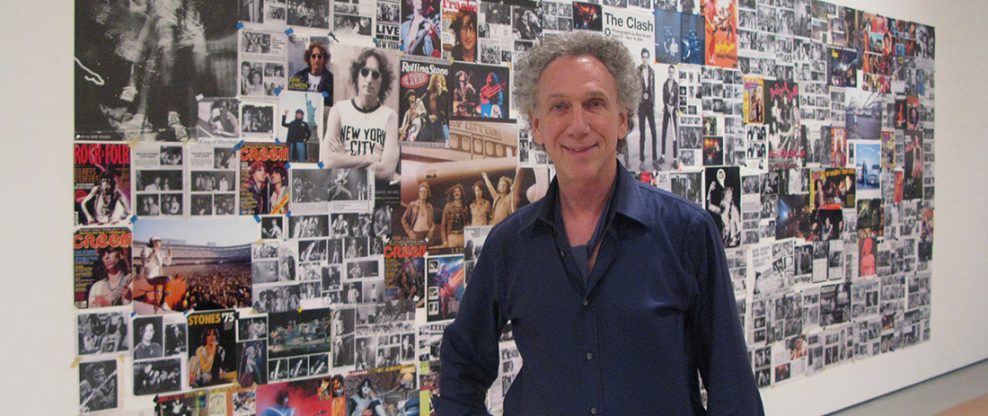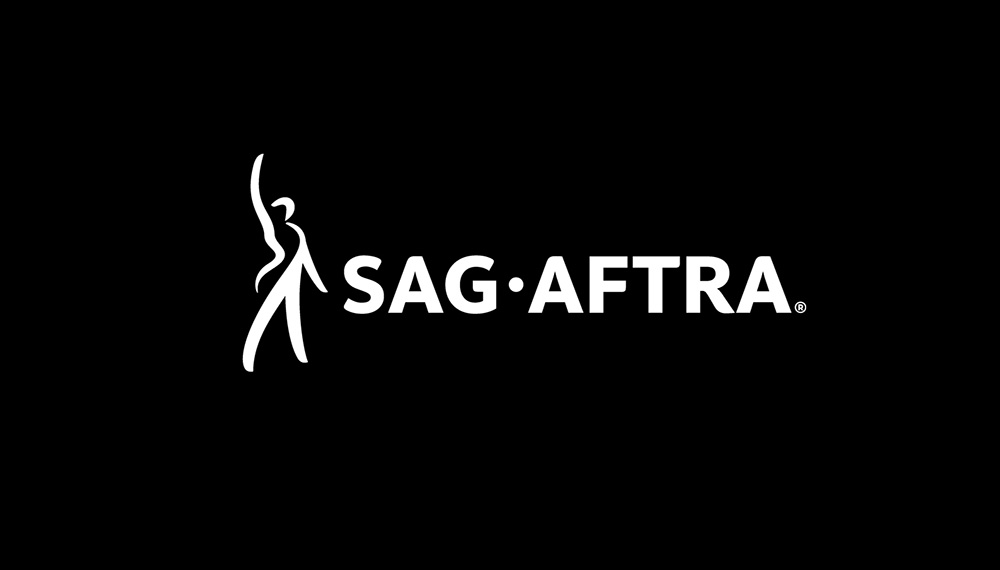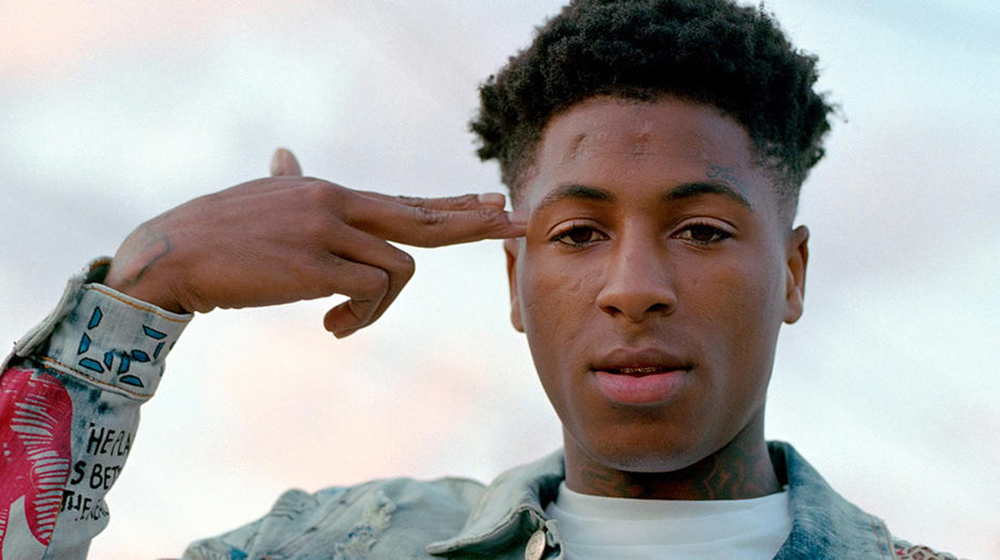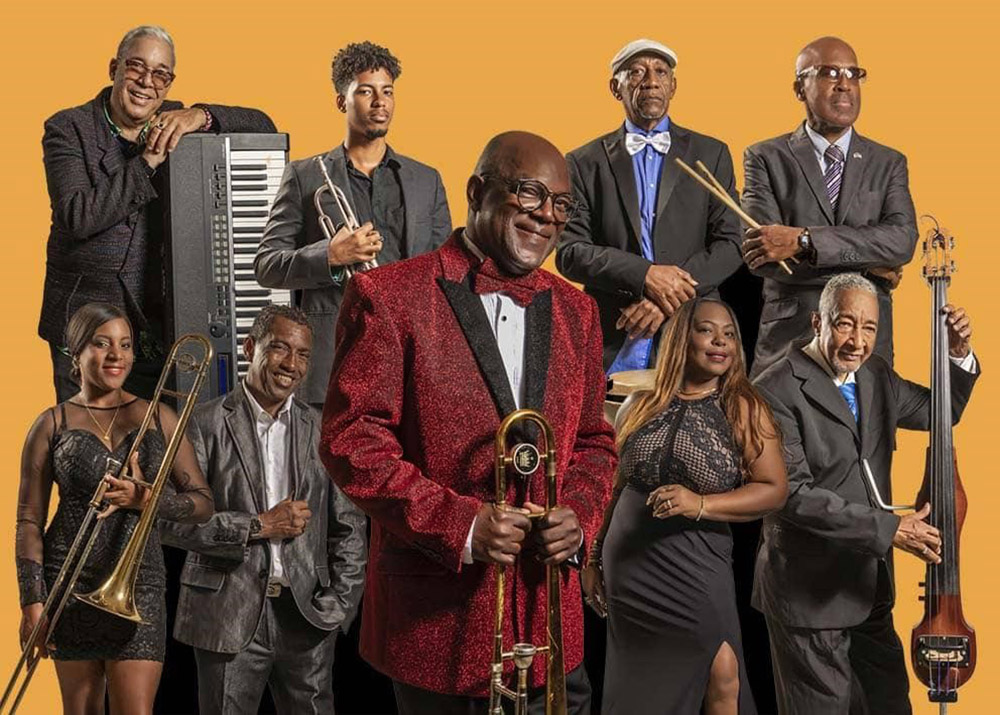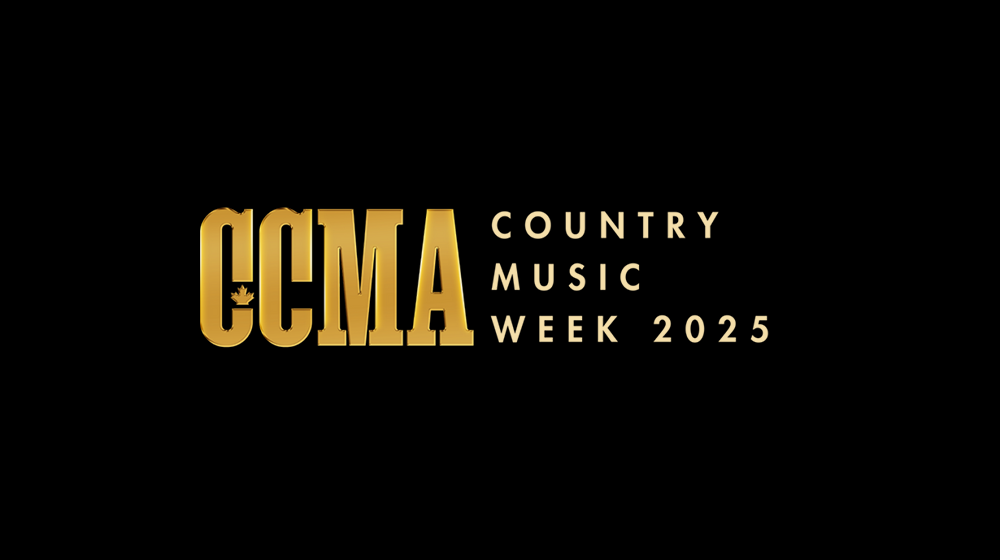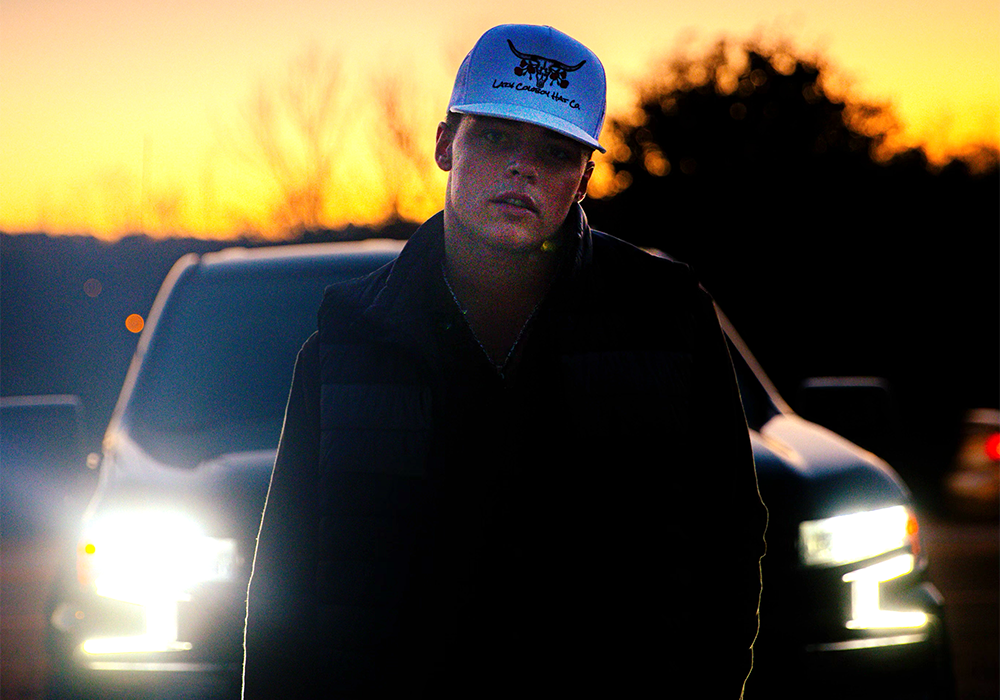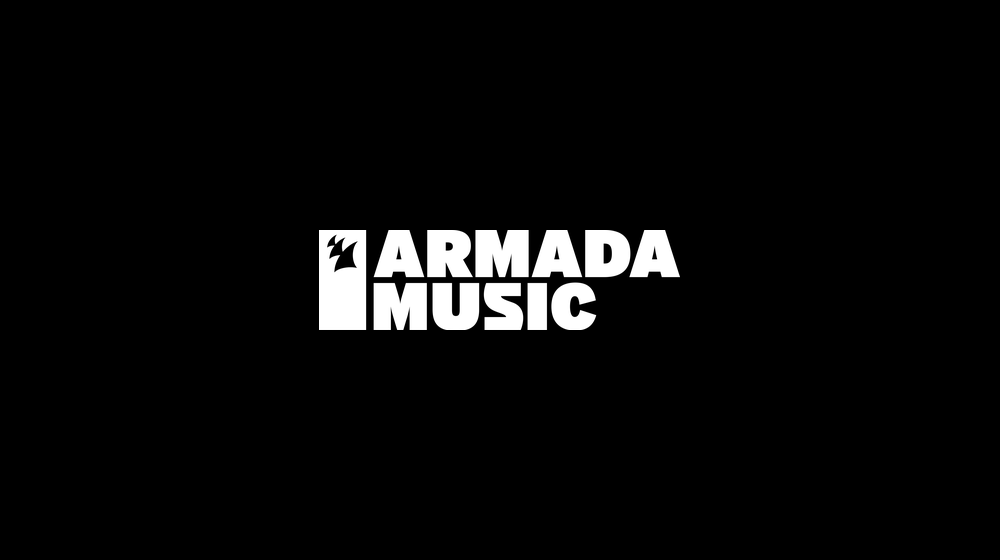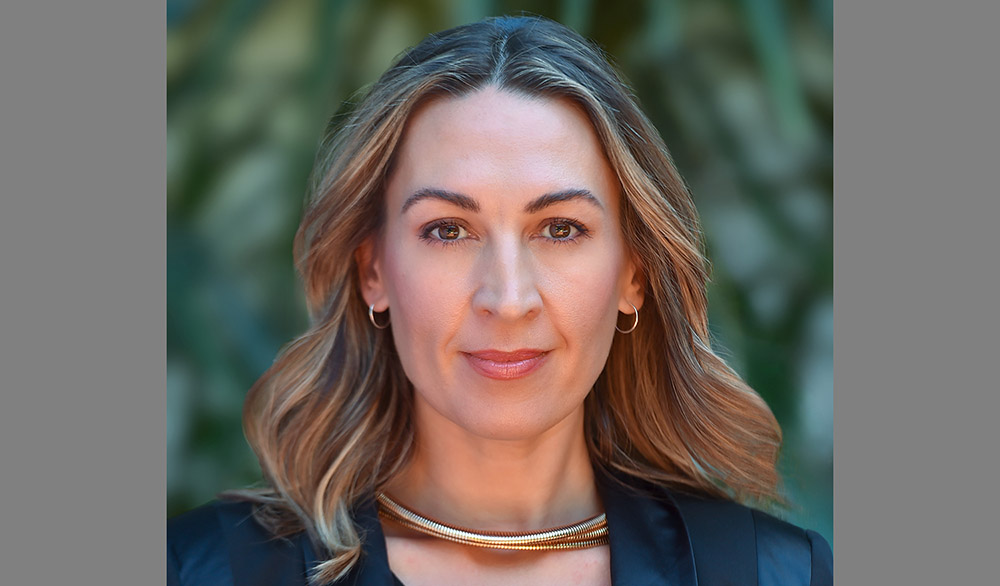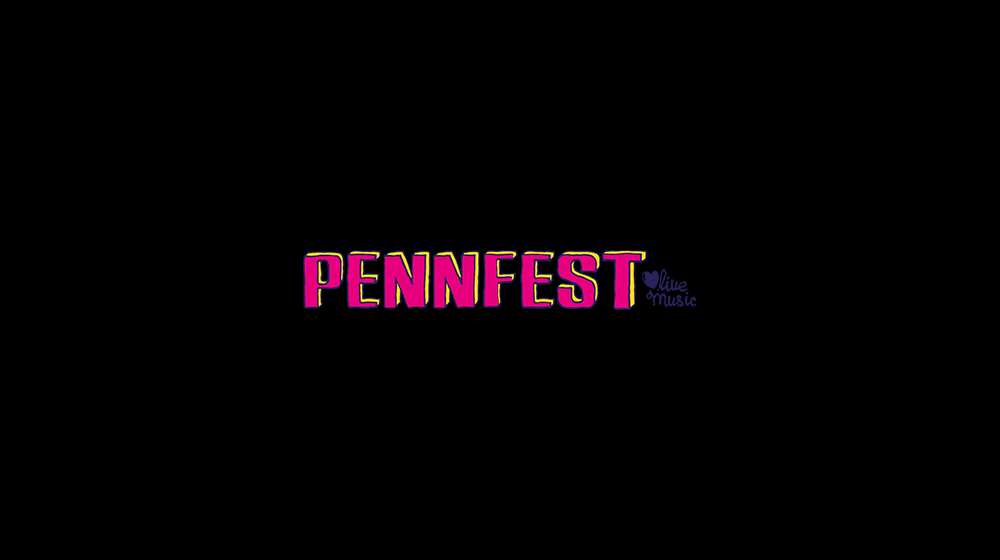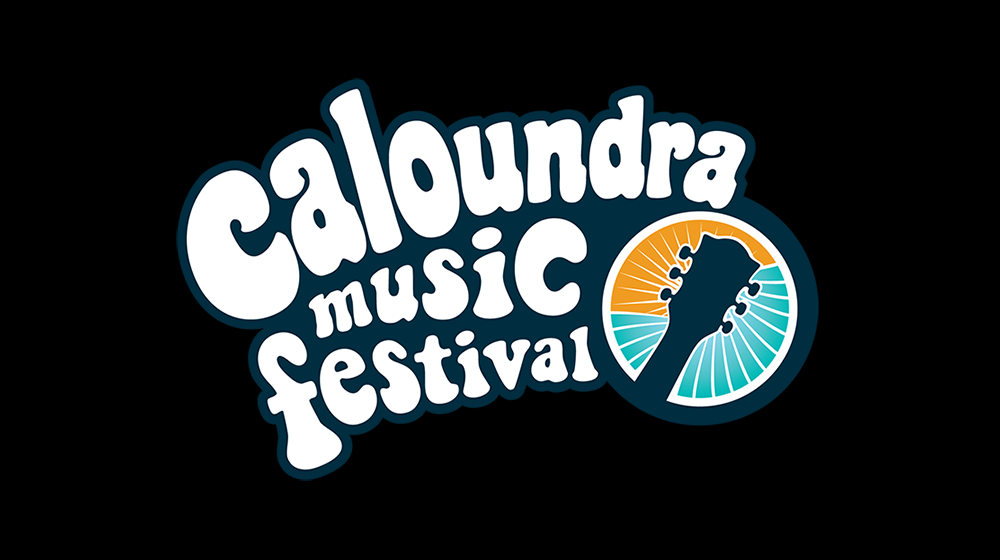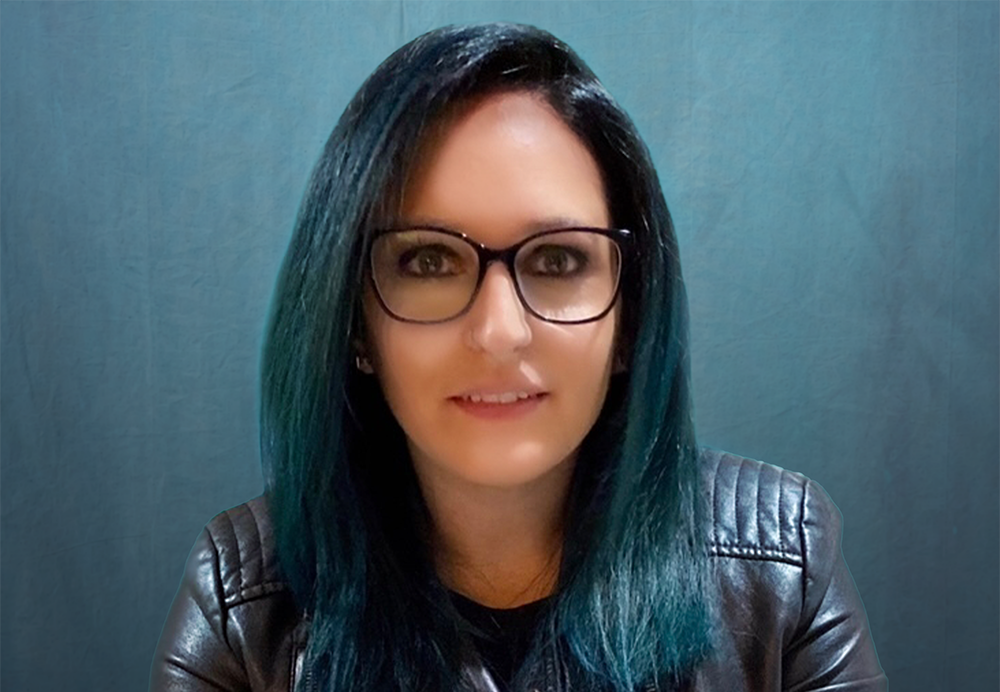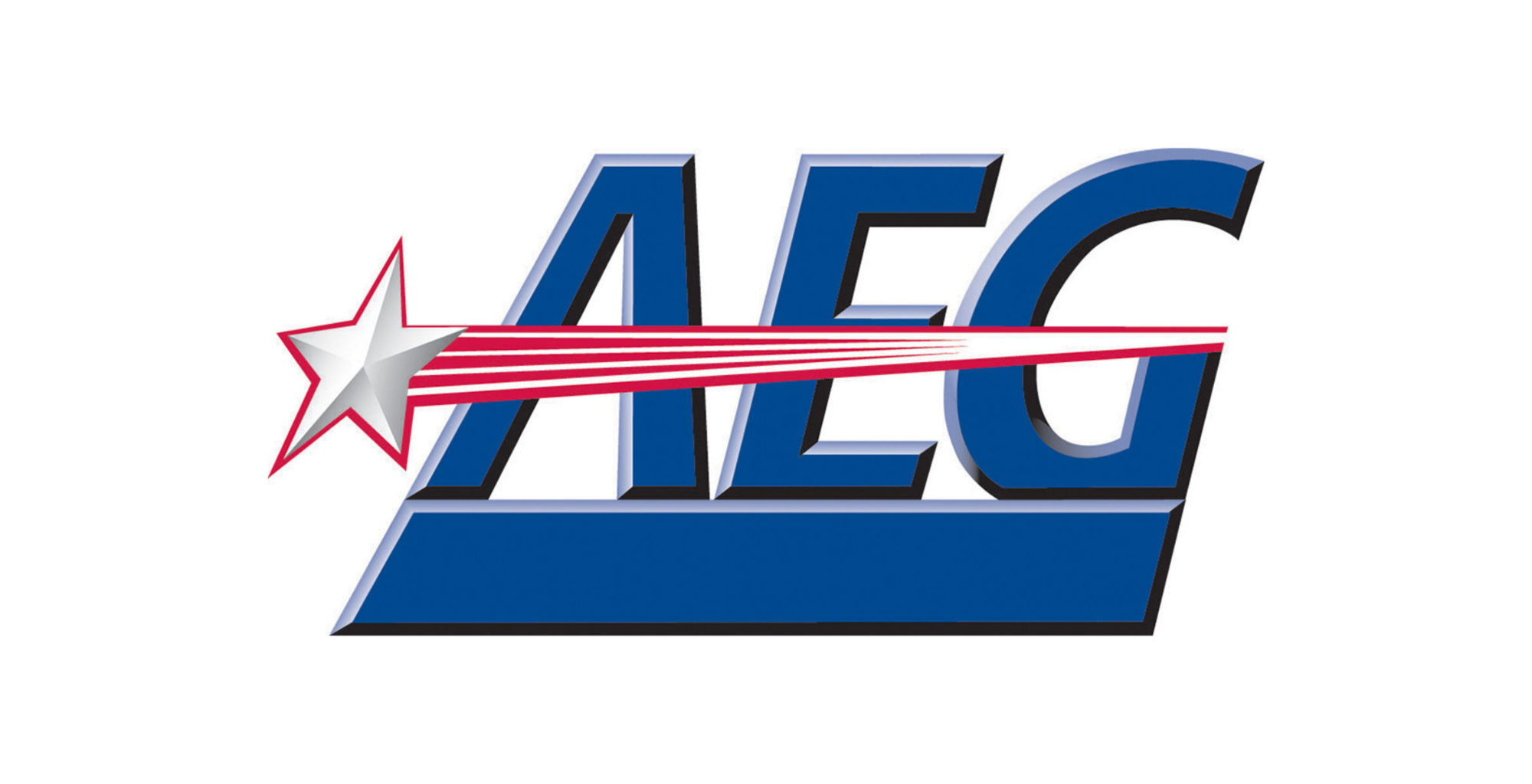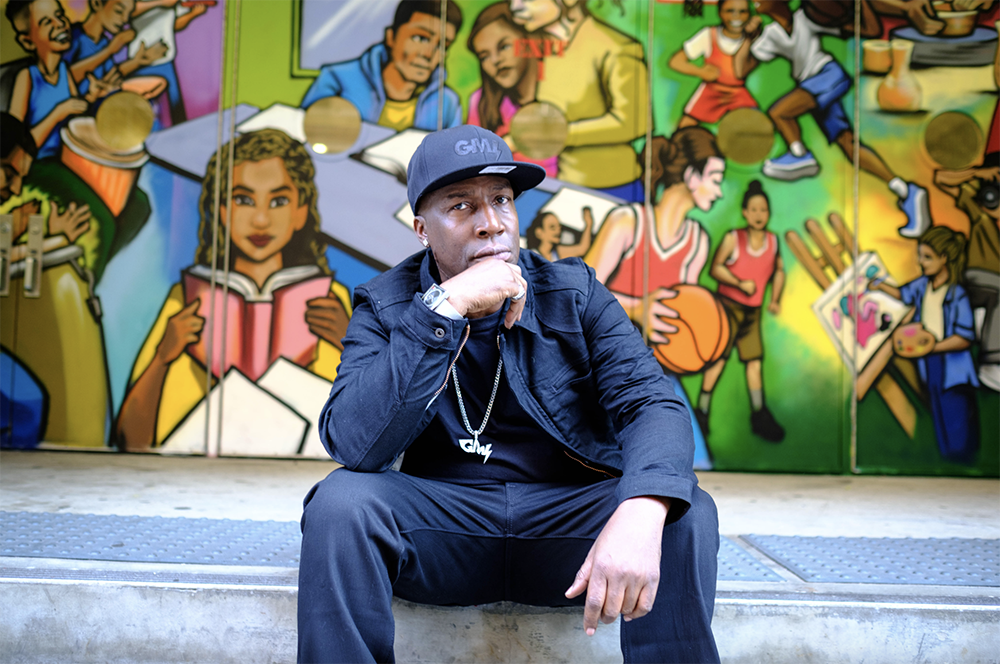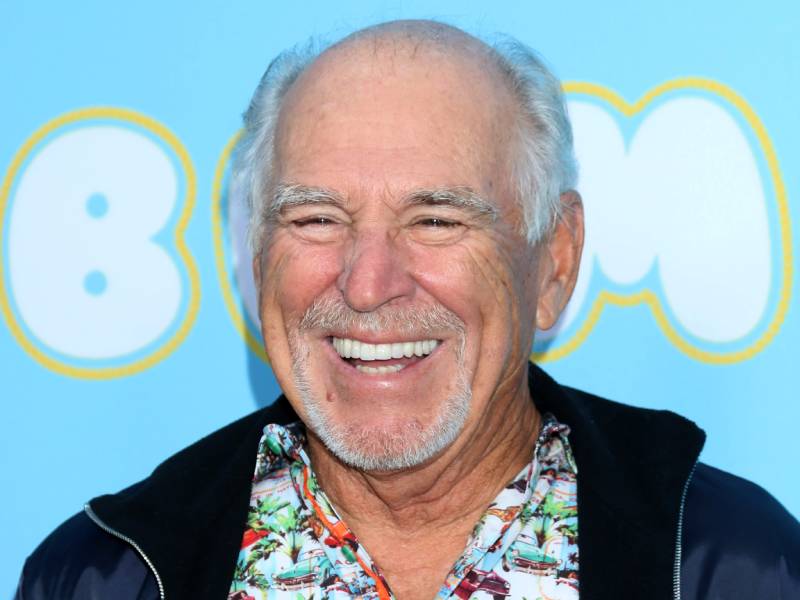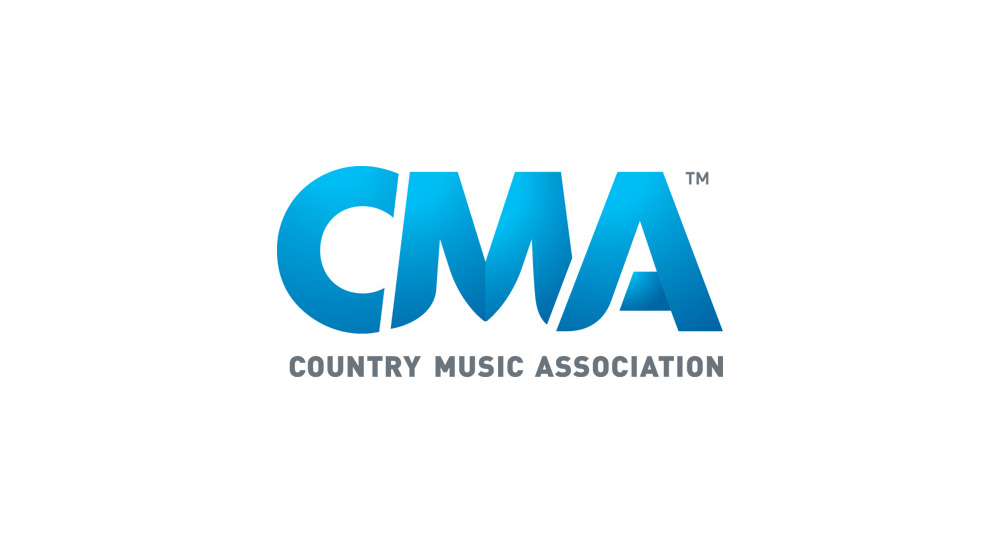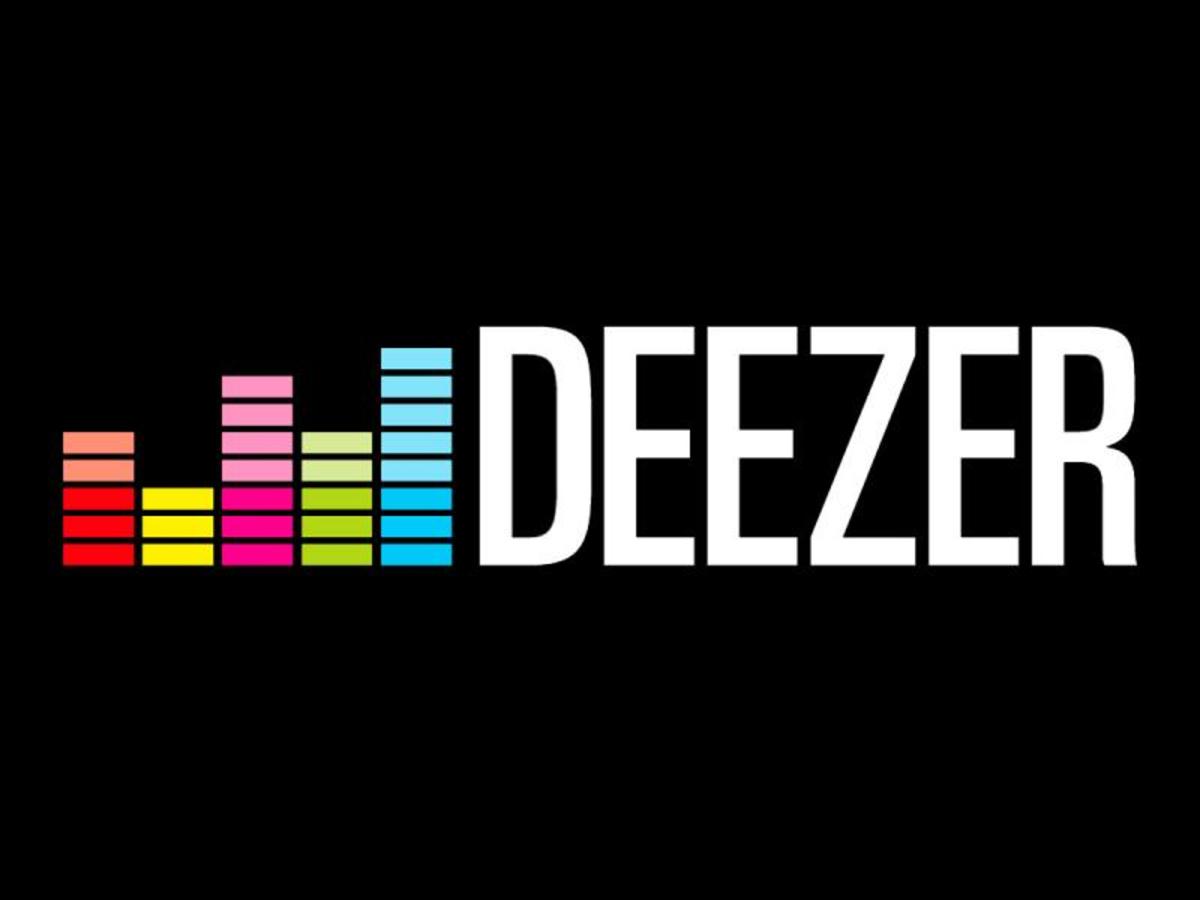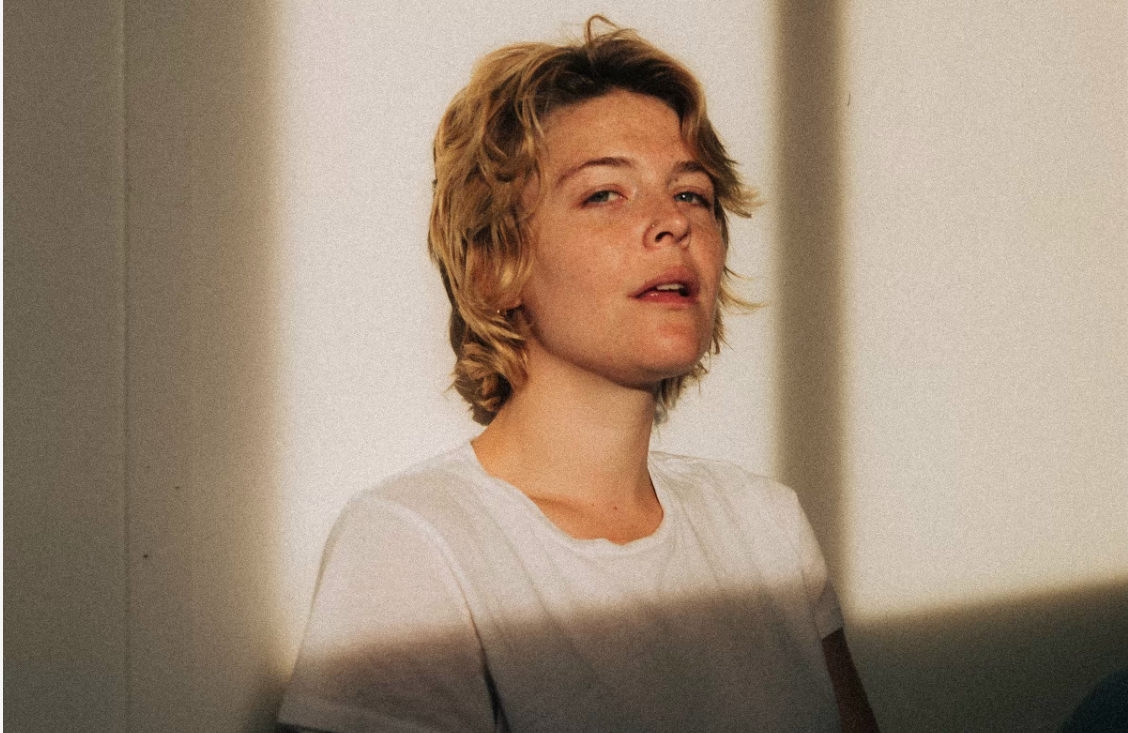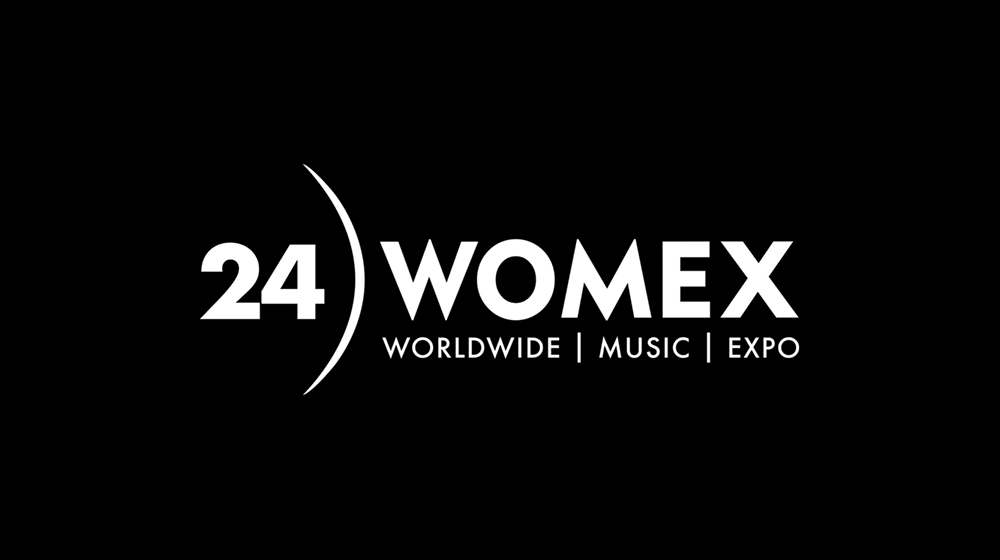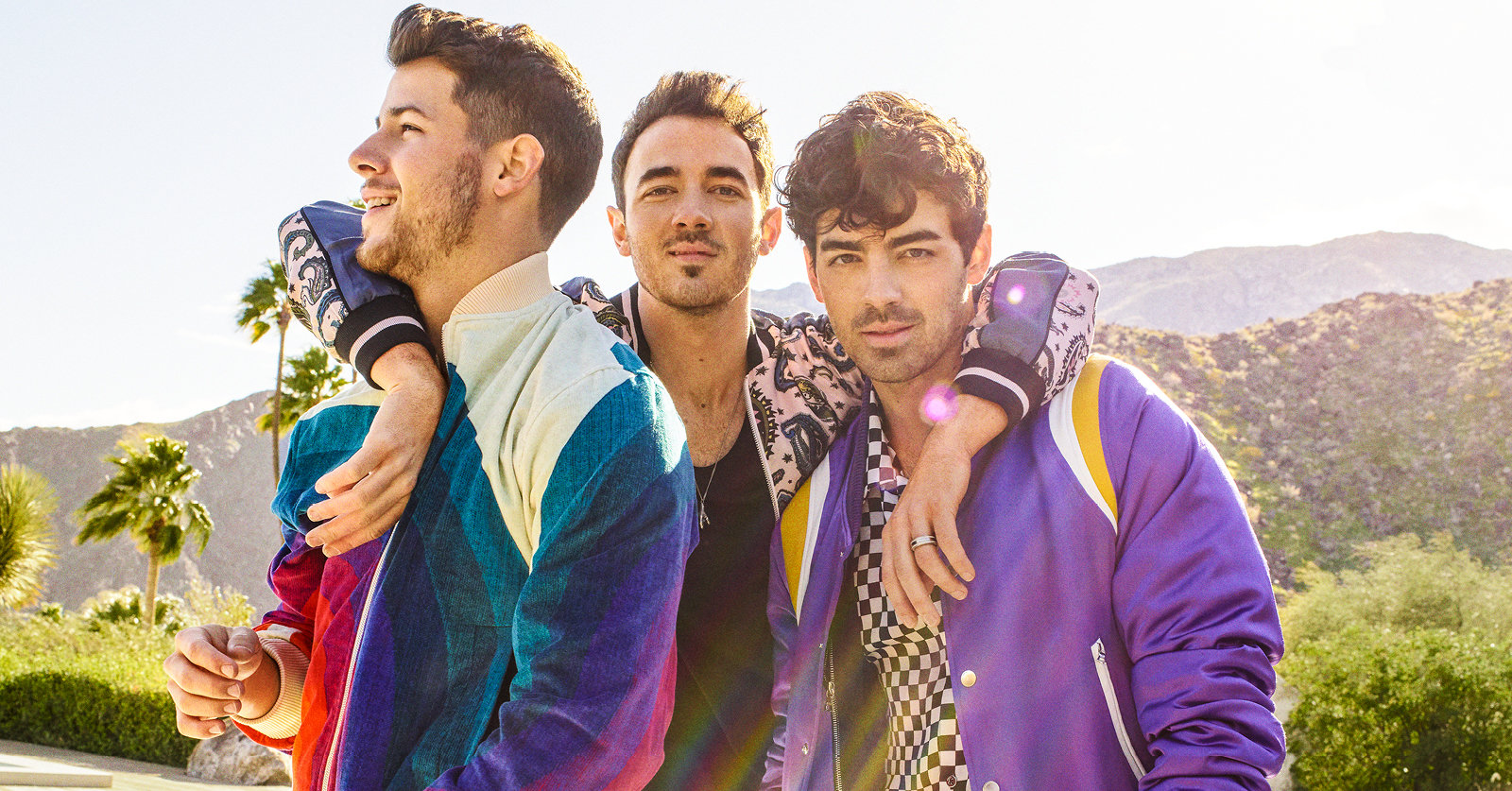This week In the Hot Seat with Larry LeBlanc: Bob Gruen, photographer.
Last year Bob Gruen published “Right Place, Right Time: The Life of a Rock & Roll Photographer,” one of the most solid memoirs of contemporary rock.
It’s a bit of an irony that Gruen, now 76 and one of the best-known rock photographers of our time, fell into photography by accident.
Born and raised in New York City, he dropped out of college, and quit his job in a photo booth at the New York World’s Fair, but as a music fan, he attended the 1965 Newport Folk Festival and took photographs of Bob Dylan performing.
In the early ‘70s, as he was just starting out as an adult, and life was filled with hope and innocence, Gruen just wanted to be out there with film in his pocket, taking pictures of musicians onstage, and backstage, and traveling with them on tour.
Gruen was immediately drawn to the free spirit of rock and roll: The music, the exchanges with musicians, and the swirl of drinking and drugs along the way.
Camera in hand, Gruen embedded himself in New York’s burgeoning punk scene, photographing bands like the New York Dolls, Blondie, the Clash, the Sex Pistols, the Ramones, and the Patti Smith Group; as well as capturing images of those passing through such as Alice Cooper, the Rolling Stones, Ike & Tina Turner, Kiss, Sonny & Cher, the Who, David Bowie, Led Zeppelin, Bob Dylan, and others.
Later on, he chronicled Elton John, Aerosmith, Salt-N-Pepa, the Bay City Rollers, Joan Jett, and Green Day.
Gruen’s masterstroke was to deal with musicians collaboratively, instead of trying to catch them off guard. To capture the feeling, and the passion of their music, and the times.
This was likely Gruen’s appeal to John Lennon and Yoko Ono. Shortly after the pair moved to New York in 1971, Gruen became their close friend, taking photos of them working as well as private moments.
In 1974, Gruen captured Lennon wearing a New York City T-shirt on a rooftop in New York City, and one of him standing in front of the Statue of Liberty making the peace sign.
Close your eyes, and you will likely instantly recall both of these iconic photos.
Gruen’s photo on the rooftop was used for Lennon’s memorial.
In 1989, Gruen with 641 others landed with two 757 airplanes, and 64 transport trailers on a tarmac in Moscow without a permit for The Moscow Music Peace Festival, a two-day event at Lenin Stadium produced by American manager Doc McGhee, the Make a Difference Foundation, and several others in the Soviet Union, and the U.S.
Among those acts Gruen snapped performing to the audience of 120,000 were Bon Jovi, Mötley Crüe, the Scorpions, Skid Row, Ozzy Osbourne, and Cinderella.
Today, Gruen’s West Village studio in New York City houses thousands of negatives from five decades of photographic work. The studio is lined with steel filing cabinets, the drawers filled with labeled files.
Gruen and his artist wife, Elizabeth Gregory-Gruen are on hand each weekday, intent on digitizing as much of his photo archive as possible.
Despite the COVID-19 pandemic, and its restrictions for the past 18 months was it a productive period for you?
The first couple of months, we finished my book. All of the details and approvals as it was going to the printer. The book came out, and rather than having any big parties, that didn’t happen. I had hoped to do a tour, to go to colleges, and talk. That still hasn’t happened. I was supposed to give a talk at the National Arts Club here in New York. Of course, that was canceled. We did a virtual talk instead and got over 1,100 people.
When the book came out, it was also my 75th birthday and a bunch of people sent in some really nice videos. We have a birthday book release tribute video on my YouTube channel that’s really good. My friend Jesse Malin helped me do it. We got videos from Alice Cooper, Debbie Harry, Iggy Pop, Bob Geldof, and others.
Were you working on the archives during the period?
We didn’t do as much on the archiving because we spent a lot of time at our cabin in the Catskills. But the Morrison Hotel Gallery started selling more photos because I think a lot of people were sitting at home looking at their walls, and they started to think about what to put up there. So I was able to sell pictures through the gallery, and that kept us going. And because people are watching more and more TV, more rock and roll documentaries are being made. So we get to license pictures for that. So we were productive in that sense. As far as going to any shows, and taking pictures of anybody, no that didn’t happen.
Do you have an agent that seeks out photo assignments for you today?
No. I worked with Ginny (Virginia Lohle) but she passed away in 2006, and her agency closed. I have an agent from South America, and he works around the world organizing exhibitions, and photo shows where we sell vintage prints. He’s really good at that, but I don’t have an agent who gets me photo assignments. Joe Bonamassa did hire me to photograph a recording session which I hadn’t been doing even before the lockdown. People tend to forget that they can call me to take pictures. They think that because I’m so well-known, that I am too expensive or too busy.
Today you make more money from an archive photo than when it was originally shot. In the 1970s, you’d likely make $25 per black and white photograph.
It was $35 if it was a color picture; $25 if it was black and white. That’s what Creem magazine paid. So yeah, today from magazines I do get better rates, and certainly, for home consumption, people buy prints to put on their walls at home, my signed art quality prints, and I make more money selling one of those than I did working two nights in a row.
The Liss Gallery in Toronto sells your prints.
I’ve been working with Brian Liss for 10 years now. I’ve had three shows at his gallery over the years. He’s very successful. I always have a great time when I come up to Toronto. The last time was the first time that pot was legal. Almost every other person who came up to me in the gallery was giving me something. About five people said. “I’m the biggest cannabis company in Canada.” So I said, “Well, there must be a lot of big companies.” All these people think that they are the biggest. Brian is great. He’s really connected, and he has a good clientele. He’s one of my favorites.
If you post your photos online, there’s a good chance someone will steal them. The advent of the internet and digitalization has made theft more prevalent.
You can register your work with the U.S. Copyright Office or use embedded copyright metadata or a watermark for protection, but It’s like playing Whack-a-mole trying to stop illegal use of your photos.
Yeah. I see so many of my pictures online. I’ve kind of have taken the approach that’s the price I pay for taking something that is so popular. I do wish I could get a nickel for every time that I see the John Lennon picture around the world.
If someone steals your photo, and you can show they deliberately removed an embedded copyright notice, you may be able to prove intentional infringement. Unfortunately, many websites and major social networks fail to preserve copyright information and they remove metadata.
You can use educated services like Copytrack or Pixsy to find people on the internet using your photos without your permission. You upload your copyrighted images, and the services crawl the internet for people using them without your permission. If they find someone using a stolen image, you can send a takedown notice and even attempt to get compensation. If they’re successful, the services takes a cut.
But, as I said, it’s the price that I pay. Anybody under 30 doesn’t understand the word copyright, and a lot of people older think that if they see something on the internet that it has already been paid for.
(Last month, Danny Clinch, a renowned music photographer whose credits range from Johnny Cash and Tupac to Björk and Bruce Springsteen, submitted a complaint to a New York federal court suing Warner Music Group and HipHopDX for allegedly infringing upon his image of Tupac Shakur. Notably, Clinch alleges they removed his copyright management information from the image. The complaint follows a number of similar suits in the music industry. One such action arrived after Katy Perry uploaded to Instagram a photo of herself attending a Halloween party – purportedly without the permission of the person who snapped the shot. More recently, in July, came a copyright infringement lawsuit against Dua Lipa, over her alleged unauthorized use on social media of a photo captured while she was waiting in line at an airport.)
Do you have a representative overseeing your photos online?
I have a lawyer in Germany who does pretty well in Europe. I haven’t been able to get someone in America.
How about the Morrison Hotel Gallery which has been the primary representative for your photography since 1980?
Morrison sells my photo prints at the galley, but they don’t police the net. Nobody polices the net.
You just turned 76. What will happen to your vast archive of negatives and photos when you die?
Well, my wife has been archiving them, and we are hoping to find an institution to accept the whole archive or parts of it to go to different places. We are trying to distribute it to different institutions.
At the same time, you still have to make a living.
Exactly. Where do you get the time to make the next living, the next step?
So many of us have photos or music collections that need to preserved When a photographer dies the fate of their legacy often falls to others. If a family member, spouse, or friend takes on the task of preserving a legacy, they are thrust into a demanding world of intellectual property rights, conservation, and preservation, promotion, and dealing with photo galleries, and dealers.
It helps to organize and find a place before you leave it to somebody else to find a place. Somebody is going to have to find a place for them. It is generally better that they don’t get thrown out. That when you have a good collection that it gets held together, and goes to a place where future generations can access it.
Having photos up on the internet further popularizes them.
Very much so.
It’s a lot of work to digitize a big photo archive.
Right. And it’s finding an institution that even has the space. That will have a room. I have four-story spaces. That takes up a lot of room, and it costs me quite a lot to keep it, and anybody I give it to, it will cost them. It’s a complicated situation. There’s an organization, APAG, that provides guidance.
Mary Engel (president and founder of APAG) was stuck with her own archive. Both of her parents (Morris and Ruth Engel) were photographers and she started trying to work out what to do with their archives, and other people started asking her advice so she started APAG. Mary contacted me when she first started APAG. When I got involved, there were about a dozen people.
(Founded in 2000, The American Photography Archives Group has grown into a national network of over 150 archives, photographers, archivists, foundations, and institutions who come together to share resources.
Its mission is to educate its members about the importance of preservation and maintenance of privately held photography archives. It offers legal information about copyright and intellectual property, and deals with promotion and marketing, and how to work with galleries and auction houses, as well as websites and social media.)
She has over 250 members now. It (preservation) is a problem that a lot of people need advice on now. On the other hand, ours is the last generation that is going to have a physical archive, All of the kids shooting today have a hard drive. Their entire archive is a hard drive.
So many images in a hard drive disappear.
Easily. It goes missing or just gets erased. So you have to have a backup, and another backup, and a cloud backup. Still, they have no physical negatives, no physical prints. They don’t even very often have magazines that the photos were printed in because it wasn’t a (physical) magazine. It was an online magazine. So the entire world is going digital, and it is not something that you can hold in your hand. But on the other hand, you don’t have to pay for a storage room at a few thousand dollars a month. You buy one hard drive, and you then have all your storage for a long time.
How many images do you have in your archive?
We don’t have an actual count. There are hundreds of thousands of different negative images. We have thousands of rolls of film, and thousands of slides, pages of slides. So it’s quite a bit after 50 years. It adds up.
How is the collection stored?
We’ve got it pretty organized. I have regular file cabinets, We do have archival boxes, but I can’t afford a climate-controlled room. We don’t get too cold. It doesn’t get below freezing, and it doesn’t go above 90 degrees (F) or so inside. I’ve been lucky. Everything seems to be holding up well. It’s in pretty good shape. But no, it’s not like museum-quality archiving. Archiving is very expensive. Just getting boxes that don’t deteriorate is four or five times more expensive than other boxes. Pages to hold all of the slots. They are very expensive.
If not properly stored, negatives are subject to degradation, although slowly. So there’s a concern?
Yes and no. I keep them dry. It is not climate controlled, but they don’t move. I have lived in the same apartment since 1975. I have been in the building since 1970. So I’ve never had to move anything. I have a darkroom in the apartment. I don’t print in the darkroom anymore. The chemicals and darkroom printer got too expensive. So when I need gelatin silver prints, I have a lab make them. I have a closet where I put the negatives. The same thing with the files. If I made a print in 1975, and I put it in a file, it’s still there. It didn’t end up in a box in my grandmother’s garage. All my negatives are in the same boxes that I put them in 40 or 50 years ago. They don’t really move all that much. They go into a glassine envelope into a box, and they sit there. I’m concerned that I hope nobody upstairs breaks a (water) pipe, but so far that hasn’t happened, and everything is okay. We do have a lot of the images digitalized. A lot of things get scanned every day. So there’s a backup of the digitized stuff.
Digitizing film is a very slow and costly process.
Well, it’s not just a matter of making a scan. The scan has to be cleaned and corrected. Making a scan is a bit like printing in the darkroom, except you do it in the daylight. You have to correct the image. There are details in the light and dark parts. You have to fix each image. It’s not as if you put the image down, push a button, and then go to the next one. Each one has to be cleaned and fixed. So it does take time.
Obviously, you also have contact sheets.
Oh, loads of them. Thousands. Twenty thousand.
You may look at a contact sheet, and think, “I only want three images off this contact sheet.”
Right. Well. We don’t print everything. In fact, three (images) off of a sheet would be good, and one excellent picture from a roll, that’s good also. So there are a lot of negatives that we have printed, and then doing research, we go back and find things that weren’t important at the time, but become important later. There’s a member of a band that goes off and has a solo career, and he becomes a star. My early pictures of Genesis emphasized the drummer (Phil Collins). Then he became a big star. So we have to go back and pull out some of the pictures where he was more visible when they still write stories about him. That happens with a lot of different bands.
Also, it happens where people also want to see the room. I took pictures of a band but they want to see pictures of the stage at CBGB or the dressing room without anybody. A picture of CBGB dressing room (empty) in the ‘70s would not have made sense, but now it’s historic, and people want to talk about the room. That’s just one example. There’s loads of reasons why we go back and find other images on roils that we didn’t print back then. That people now want to see now.
You don’t seem to have done much studio work.
I don’t have that much studio work. That’s why you don’t see it. I did a lot of publicity pictures. Bands getting in front of blank paper, but those aren’t really exciting. There are a few (studio) sessions I did once in a while.
You did considerable work for Warner and Atlantic Records but little album cover work.
There aren’t a lot of album covers. Studio album covers I didn’t do many of those.
You’d be hired for a press reception for $125.
Well, exactly. I did a lot of that.
You did do some fashion photography. Agencies would send over promising models or actresses that needed publicity photos.
That was testing. You don’t pay either way. For me, it was lucky break because I got people to practice on for free. I wasn’t really doing session work but I went to visit some of the agencies and I told them I had a new studio and they just put me on their list for girls to visit a photographer.
Live photography is one of the hardest things to master.
To do it live on the fly, you have to think really quickly, and come up with things on the spur of the moment.
What cameras did you most often shoot with?
First, I bought a Nikon in 1970 but, by 1975 I had bought Olympus which is much smaller, lighter and more compact and took just as good a picture (as the Nikon). I used Olympus for the next 15 years until when Canon and Nike were both coming out with auto-focus devices. The Canon was really, really good, and really fast. The electronic exposure was really good. So I moved to Canon, and I have used Canon ever since.
Was that first Canon still analog?
Yes, it was analog. It was still film then. In 2000, I graduated to digital cameras when they got good enough to be able to get a big enough file that you could license or sell a picture.
Most everything you did was 35mm?
Everything was 35mm, yeah. I had a Hasselblad (using 120 (12 exposures) or 220 (24 exposures) roll film) in the ‘60s, but I rarely used it. For the “Wall and Bridges” album cover for John Lennon (in 1974), I know that was Hasselblad. It was more of a studio thing, and I didn’t work in the studio very often so I didn’t really use the Hasselblad that much.
(Hasselblad was known for its classic analog medium-format cameras that used a waist-level viewfinder. The landmark 500 C design formed the basis for Hasselblad’s product line for the next sixty years, with variants being produced until 2013.)
While Hasselblad enjoyed a solid reputation among professionals it was bulky to use outside of a studio.
They don’t work on the fly. When you are in a rush, the Hasselblad is not the one to use. It was of more use in the studio when you had control and time to change the back of the camera (where the film was stored), and deal with moving the camera around. You rarely would ever see somebody take pictures at a live show with one of those.
Nowadays I have to say the iPhone is amazing. Absolutely amazing. It sees better than I do. It corrects the picture as you take it. I did a picture of my wife on a sidewalk at night, and you can see her clearly. You can see the sidewalk. and you can see the moon. and the sky behind her.
Do you have the iPhone11 which uses a dual-camera setup and a 12-megapixel sensor?
Yeah, the iPhone11.
You own the copyrights of your photos.
Sort of by default because nobody paid enough for a buyout.
Has any artist come back to you in recent years and said, “Yes, you shot me years ago to sell to rock magazines, but today you are making quite a bit of money on my image. I should own a portion of the copyright.”
Oh, that the artist would want a share? It doesn’t happen very often because most of them realize that they are getting free publicity and that without that free publicity, they wouldn’t be selling their own music. There’s been a couple of artists, a couple of English people that are extremely cheap who want to know, “How come you are making money from my face?” But they don’t have any rights, and so legally I didn’t have to do anything about that. I didn’t give away the rights back then, so I don’t give them away now. But no, I haven’t had an actual demand for a share from anyone. Sometimes people ask why they have to pay to use a picture in a book or something. There are certain managers that don’t understand that.
With the number of photos that you took of John Lennon and the innumerable use of them, I’m surprised that the Lennon Estate or Yoko hasn’t been onto to you about sharing copyright. I know you remain friends with Yoko, and you have helped her with her own projects. Is her view like others that what was done was done?
Oh, very much so. And nobody else has ever come back like that. Neither the Clash nor Sex Pistols nor the Rolling Stones. They don’t expect a royalty if I sell a print of them. It has never happened that someone has asked for a share of my sales. On the other hand, when it comes to merchandise, I can’t do a T-shirt with a John Lennon picture on it, without the Estate’s permission. I own the photographs, but I don’t own the merchandise rights. Any artist owns what is called “name and likeness” (rights). They have the rights to their name, and to their face. What they look like. They don’t have the rights to my photo of their face. If the artist wants to make a T-shirt of their face, they have every right to do it, but if they want to use my photo then, yes, we have to make a deal.
Vice versa, if you want to do some merchandise as well.
Exactly. I have to make a deal with them to get the rights. So with the Lennon Estate, I do have deal for merchandising where we split the income. It’s hard to get that kind of deal because most bands don’t want to split anything. They don’t really need your picture. Led Zeppelin sells a T-shirt just with the lettering “Led Zeppelin” written on the shirt. They don’t need a picture. So it’s rare that a band would ever make that kind of a deal. Because I’m friends with Yoko she made a pretty fair deal with me for merchandising.
Unlike patents or copyright or even trademarks, an assignable and commercial right of publicity only became available in the second half of the 20th century. And the power to invoke these rights post-mortem only came much later and is still not available at all in some jurisdictions.
The most famous of these early name and likeness rights cases involved Marilyn Monroe, James Dean, and John Wayne.
These were establishing cases as well as Elvis Presley and other dead heroes. Forbes publishes a chart of which estate has made more money. Who is the top seller even though they are dead? Michael Jackson and Prince are big ones. Elvis, and Michael Jackson, and John Lennon.
How cool that your photo of John Lennon was one of the photos on United Nations’ stamps marking International Day Of Peace (September 21st, 2021), and was released in the same year that the “Imagine” album turned 50. The United Nations Postal Administration (UNPA) released a set of three different stamps honoring John. Each depicted various points of his life and was illustrated by engraver Martin Mörck.
That was very exciting to have a United Nations official stamp. With COVID-19, we didn’t have any release events. I was hoping that we could have a party.
This wasn’t the first time that a photo you took of John has been commemorated on a postage stamp. The United States Postal Service issued a Lennon stamp in 2018 featuring another photo taken by you. The “Forever” stamp was designed to look like a 45″ vinyl single as a record peeking out of a sleeve is featured at the top of the 16-stamp sheet in an array of prismatic colors topped with John’s signature.
The photo on the stamp was taken for the 1974 “Walls and Bridges” album and portrays John with messy hair with his signature round-rimmed glasses.
We had a nice opening for that one on the release date right in Central Park. We had the postmaster general (and CEO Megan J. Brennan), myself, Yoko, and Dennis Elsas was the MC. It was a great event.
The UN stamp features an etching of your Lennon photo whereas the 2018 US stamp used the original photo you took.
The fact that the US government used my photo is one of the very rare US stamps that is from a photograph. Most stamps are made of etchings or drawings. It is very rare that they use an actual photograph.
Last year in 2020 in São Paulo, Brazil, I had a big exhibit in the Museum of Image and Sound– “John Lennon Em Nova York Por Bob Gruen,” organized by photographer agent Sebastian Alderete. The Brazilian government made an official John Lennon stamp, in honor of having the exhibit.
So there’s been an official Brazilian stamp, an official U.S. stamp, and an official UN stamp. There are other ones too. There’s also Mongolia and Montserrat. They did a Grateful Dead and a Jerry Garcia stamp. A couple of Bob Marley stamps came out. All my pictures.
I was in New York City in the Fall of 2009, and I saw an exhibition at MoMA (The Museum of Modern Art ) called “Looking At Music: Side 2” that explored the creative exchange between musicians and artists in New York City in the 1970’s and 1980’s.
I saw your 7.5′ x 22.5′ installation, “Teenage Bedroom,” of magazine photo spreads and covers and posters. On a monitor next to the wall was a video playing titled “New York Death Cult,” consisting of bands playing at Max’s Kansas City in 1976 that included Jayne County, Robert Gordon, Blondie, Patti Smith, Johnny Thunders, and Richard Hell.
I had a whole wall. My “Teenage Bedroom” wall. One of my crowning achievements was being in The Museum of Modern Art.
A 7.5′ x 22.5′ installation. That’s likely turned heads.
The guards told me that it was the most selfied exhibit in the museum. That everybody who came in had a picture of themselves standing in front of it. They finally set up velvet ropes to keep the crowds back because it got so crowded. With people coming to the exhibit. Guards said it was the most popular exhibits at the museum the six months that it was up. I was competing with Picasso and van Gogh. That was quite an accomplishment.
It was an installation that I came up with for a show in São Paulo in 2007. Then someone from The Museum of Modern Art said they were doing an exhibit called “Music & Media,” and asked if I had anything to go with that. I said, “I have the perfect exhibit.” Then I did it a couple more times in different…in fact almost every exhibit I’ve had since we have an area set aside for the “Teenage Bedroom” installation.
In 2007, the FAAP University Museum in São Paulo held an exhibition of your work titled “Rockers.” The large multi-media installation featured more than 270 photos from your archive, arranged in 9 areas with 5 different background soundtracks.
For this 2007 São Paulo exhibition, as you said, you created “Teenage Bedroom.”
It was such an elaborate show that came about as I was talking to the designer. We wanted some way to show that I didn’t take these photos to be the iconic moment that is in a frame. That they were taken for people to live in. They were in magazines and on magazine covers and posters and kids put them on their walls. So we created an installation called “Teenage Bedroom” where we created a bedroom in the middle of the facility. We had a bed and we had a table. We had a bed and we had a table. Then all of the walls were covered with my pictures. We found pages in Rock Scene where the whole page was my photos. So I didn’t have to license any pictures from any other photographers to make the exhibit.
More than 40,000 visitors came to see the exhibit in São Paulo which ran from May 15 to July 1, 2007. A 221-page catalog book of the exhibition, also titled “Rockers,” was published in Portuguese and English.
You worked for American rock magazines like Creem, Crawdaddy, Circus, and Rock Scene which primarily paid the same for photos in the ‘70s and ‘80s. Mainstream publications like Time and Newsweek wouldn’t have hired you then.
No. Hardly ever. I have pictures in there, but it’s from when they would buy one later for an obituary or something like that.
But no agent was getting your photos out into the world.
No. There were no agents.
Well, there was Retna that was established in 1977 by renowned photographer, Michael Putland. Its assets– more than 750,000 negatives and 250,000 vintage prints—were acquired by Globe Photos in 2019. These included early photos of the Beatles, Led Zeppelin, the Rolling Stones, Bob Marley, Elton John, David Bowie, ABBA, Kiss, and Bruce Springsteen.
Globe Photos, which had represented over 3,000 photographers since 1939, and had over 10 million images in its archive, went bankrupt in March 2020 and was sold to Klaus Moeller, and his partner Trey Watson.
With such low payment for photographs, agents weren’t all that interested earlier.
No agent could split a $25 fee and make a living. It wasn’t until the early ‘80s when rock and roll really started becoming part of the mainstream that I got an agent. First I was with Globe. A girl who worked there was a friend of mine. I met her in 1975. She worked for Globe for a while and learned the business. Then in 1982, I talked her into opening her own agency. That was Virginia Lohle from the StarFile Photo Agency.
StarFile Photo Agency became a major distributor of photos to magazines such as People. Virginia, however, fought a long battle with cancer and died in 2006.
She was just handling everybody. She became the agency for rock and roll. She over 50 photographers including me, Chuck Pulin and Mick Rock.
I knew Chuck Pulin because we both worked for Billboard. He got his start as a print journalist, moved into photography, and became one of the leading freelance stringers shooting the likes of the Rolling Stones, Madonna, Elvis Presley, and Frank Sinatra before his death in 2010.
Chuck and I worked shoulder to shoulder for about 40 years. We both started in 1970 or 1971. Within a few months, we found we were getting published in the same magazines because of having different pictures. At the very beginning, he was very competitive with me. I remember him telling one agency, “Don’t hire Bob.” Around 1976, he introduced me to Peter Grant, the manager of Led Zeppelin, and he said to Peter, “I do the news. and Bob does the art.” Because we realized early on that we were not competitive we were colleagues. We were doing a similar thing but differently. Even when we were standing next to each other in front of the stage, we were using different lenses, different film, and taking the picture at a different time. So we were getting entirely different pictures.
Overlooked are some of the women photographers documenting New York’s punk scene around CBGB, Max’s Kansas City, and the Mudd Club. Such as Roberta Bayle, Julia Gorton, Ebet Roberts, Marcia Resnick, and Lynn Goldsmith.
Roberta did some great stuff, as did Ebet Roberts, and Lynn Goldsmith certainly is one of the most popular. Stephanie Chernikowski did a lot of great pictures for all of the magazines. But like women everywhere, they don’t get enough credit.
At the same time that bands would bring you into their world and if you traveled with them in particular it was like being embedded. But when you left the assignment or left a tour you were back on your own. Some of the musicians went off to become millionaires.
Oh no. You are not in the band. You don’t get the million dollars. Photography is not a lucrative business. If people ask me for advice I say, “Don’t give up the day job. It’s not like fashion photography either. You don’t get $100,000 jobs.”
In the late ‘60s and the ‘70s, as underground music became mainstream, all kinds of new clubs popped up in Greenwich Village in New York, Yorkville Village in Toronto, the Sunset Strip in Los Angeles, and in San Francisco. There were incredible moments of discovery. In your book, you mention going to see this new San Francisco group, Big Brother and the Holding Company, and you discovered Janis Joplin.
I was totally surprised.
We were discovering new acts at the time.
Yeah, it happened all of the time. I recently went to a new club and I didn’t know what to expect because I don’t think I’d ever been in a new club
It wasn’t a rock club then unless your feet stuck to the floor. I was in many of New York’s famous venues including Cafe Wha?, Steve Paul’s The Scene, CBGB, Max’s Kansas City, Mudd Club, Palladium, and Paradise Garage. Many of them were pretty grungy.
Yeah, like CBGB the guy (Hilly Kristal) kept his dogs in there at night as kind of as guard dogs but they made it kind of raunchy. He had these two big dogs that lived in the club and they used to shit in the corners.
In 1970, you saw Ike & Tina Turner perform at the Honka Monka Room club on Queens Boulevard near 40th Street in Long Island. You took some incredible photos which impressed Ike. This led to you becoming friends with Ike and Tina, and you being invited into their world.
At one point, you spent a month traveling with the Turners, and you lived in Boric Sound, their studio in Los Angeles which Billboard described as “one of the most ornate recording plants in the world.”
Ike was extremely generous. I went to his funeral when he passed (in 2007) because he had been so helpful in my career. There were over 1,000 people there. Everybody, he had helped. That part of his story never came out.
Of course, I enjoyed all of my time with Tina. And Ike too. People don’t realize that he had his own production company, his own publishing company, his own studio. At one point, he had over 100 musicians working for his management.
(Bob Gruen shot the cover of Ike and Tina’s1971 album ‘Nuff Said. In 2012, Gruen released a documentary “Ike & Tina On The Road: 1971–72,” that he and his first wife Nadya had filmed of the Turners at their home, and on tour.)
Laurence Fishburne’s menacing portrayal of Ike in the 1993 biographical film ‘What’s Love Got To Do With It” was pure cartoon evil. Despite admitting to hitting Tina in his own 1999 autobiography “Takin’ Back My Name,” Ike vehemently disputed how he was portrayed in the film, and in Tina’s 1986 memoir, ‘I, Tina, My Life Story.”
I never saw him hit anybody but domestic violence is a tremendous problem in the world. Domestic violence was not talked about until that movie brought it into the mainstream. After that movie, people started opening violence victim shelters. I help out an organization here over a thousand lawyers give pro bono legal time to domestic violence victims so they can get orders of restraint, and divorce papers, and things like that. All of that because of that movie which opened up the whole topic to the world. I don’t know if Ike Turner deserved to be the poster boy for that kind of activity. Rick James went to jail for doing a lot of this.
(In 1993, Rick James was convicted for two separate instances of kidnapping and assaulting two different women while under the influence of crack cocaine, resulting in a three-year sentence at Folsom State Prison.)
Ike’s abuse of cocaine can’t be denied.
Absolutely. I don’t know if he was abusing or just enjoying it, but he did a lot of coke. He had the studio and he was constantly stoned out. As I wrote in the book, I met him one Saturday afternoon and I didn’t go to sleep until the following Friday night. Ike was awake when I got there, and he was awake when I left. So he did a lot more than anybody.
You believe Tina?
I believe Tina. You don’t have to hit somebody often. If you hit somebody once, if you even just raise your hand for the next five years they will cringe because they don’t want to be hit again. So his threat of violence was there.
In the ‘70s, photographers covering music shows were given a lot of freedom to move around at a show. There was no restriction of, “Stop shooting after three photos at the top of the show” that came later. Plus you could interact with the band before and after a show.
That doesn’t exist now because there are lawyers and publicists in between you and the band. Back then, there was much less media. Rolling Stone started in 1967, and Creem magazine in 1969. The point is that there was very, very little coverage of rock. No mainstream magazines. People magazine (first published in 1974) didn’t cover rock and roll. There were very few outlets for rock and roll. So when a photographer or a writer would show up the band was thrilled that someone was interested in them. If somebody wanted to take their picture, they were absolutely ecstatic because they could be in a magazine. That was something that was not normal. That was something that didn’t happen every day. So they were welcoming photographers and journalists.
By the ‘80s, when it (the music industry) became more corporate, there were many more media and magazines everywhere; and certainly by the 2000s when everything was on the internet—everybody is a media outlet now—they (musicians, managers, and publicists) are much more cautious. It is much harder to get any kind of access for anybody. Back then, artists were welcoming access. They were thrilled if somebody wanted to take their picture.
By the mid-80s, daily mainstream newspapers and magazines were covering punk, rock and roll, and disco. Entertainment Tonight and MTV in the U.S., and Canada’s MuchMusic had all launched, resulting in more and more media outlets covering music celebrities and events.
Yeah, it just started. There was much, much more (media). I think that is one of the reasons in the ‘80s where they started with having a three-song limit (at shows). A lot of photographers hate that, myself included. I would rather shoot the last three songs than the first three songs. The last three songs are when all the excitement is happening. But they kind of had to limit it because it got to the point of that instead of three photographers there were 39. Bands didn’t want to play just to photographers.
Another deep concern always has been the use of flash because it disrupts performances and plays havoc with performers’ concentration.
Well, that’s true. They don’t want the constant distraction of flash. For me, I never really liked it because the flash is so unnatural. You don’t see the lighting that the band has chosen. You don’t see the colors that they want to play in. it is much more difficult to shoot without a flash when the lights are dim. But with a flash, you are completely rearranging the lighting. You are bringing your own hard, dead-on lighting, rather than the stage lighting that the band is performing in. You really aren’t showing the band performing. Circus magazine used to almost specialize in flash photos of bands sweating onstage. There was always close-up photos of musicians with sweaty faces, and usually from below, looking up because they (the photographers) were in the photo pit. You’d see inside the musician’s nostrils. Not the way an audience sees an act. I never really liked that kind of flash photography approach.
By the ‘70s, photographers had found ways to push the 35mm and the 120 format for black and white films. Pushing increases contrast and grain, helps deepen shadows, and makes highlights brighter. Giving the illusion of adding light. Also, lens available were as low wide open aperture as f/2.0 or f/2.8 which were great for low light photography.
There were ways to get around it (poor lighting). I had a 50mm lens that went down to f/1.8, and you could do f/2.0 and f/2.4. It was a regular 50mm. it was a very fast lens.
What strikes me about your photographs is that while you were taking photos of musicians like the New York Dolls, Blondie, and The Ramones who dominated New York’s underground scene, you also created a collection of gritty, black and white street and clubs shots which show the city in its full pre-gentrification glory. That capture the raw, frenetic energy of New York’s music world when New York was dangerous, and on the brink of bankruptcy. When the mood was grim.
New York City is your canvas.
Well, New York is the background. It is so diverse, and it is so exciting. It is just bigger and louder than any other city. You fly around the world, and you see about 8 buildings that are tall. You come to New York, and it’s just a wall of bigger buildings.
Just about every New York Street has a story. Suze Rotolo, who died a decade ago, was a friend. She’s the woman walking in the snow with her then boyfriend Bob Dylan on the cover of his 1963 album “The Freewheelin’ Bob Dylan.” The cover photograph was taken by Columbia Records studio photographer Don Hunstein in February 1963 in the late afternoon on Jones Street, and West 4th Street, near their apartment at 161 West 4th in West Village.
I went back to that street with Joe Strummer (in 1994). We attempted to re-create it (the cover) but neither of us remembered it well. His girlfriend (who became his wife the next year) Lucinda was on the wrong side.
I have a signed copy of Suze’s 2008 memoir, “A Freewheelin’ Time: A Memoir of Greenwich Village in the Sixties,” in which she described her time with Dylan and other figures in Greenwich Village. She also discussed her upbringing as a “red diaper baby” —a child of Communist Party USA members during the McCarthy Era.
In later years, I met her. She seemed very nice. She wrote a really good book.
You attended the 1965 Newport Folk Festival and took photographs of Bob Dylan performing. Two decades later you were also on hand when Bob did the 84-date Rolling Thunder Revue tour in 1975 and 1976 which included guests Joan Baez, Joni Mitchell, Ramblin’ Jack Elliott, and T-Bone Burnett, poet Allen Ginsberg. and actor Sam Shepard.
For the tour Dylan banned all photographers except the one that he had hired, He didn’t want any other pictures. But you snuck a camera into several of the shows and when Dylan later discovered your photos on magazine covers, he furiously confronted you.
It wasn’t that he didn’t like the pictures. He didn’t like the fact that I did it because he had complete control over (photographer) Ken Regan who he had hired. They went so far to having guards searching people, and not allowing cameras into the venues which I took as a challenge. I thought that his show was a public event, a news event. To me, Bob Dylan was news. So I challenged that rule. I snuck into 7 different concerts with my camera. Not just that, but I published the photos on the covers of Cream magazine and others. So he got pissed off because I had gone around his control of the tour.
(Ken Regan was the exclusive official photographer on the first leg of Bob Dylan’s Rolling Thunder Revue in 1975. Notorious for his discretion, Regan won Dylan’s trust through the simple act of not publishing photos of the musician’s mother taken at a concert. He took over 14,00 photos on the tour. His images appear on the cover of “Desire” (1976). “Hard Rain” (1976), and “The Bootleg Series Volume 5: Bob Dylan Live 1975, The Rolling Thunder Revue” (2002).
There was also a photo circulating of Bob with Patti Smith at the Bitter End that angered him which he thought you’d snapped, but it was Chuck Pulin who took the photo.
Right, exactly, and I knew exactly what it was when he confronted me for it. Everybody was drunk that night, and I don’t think he liked that picture for that reason. I was outside the club with David Johansen. They wouldn’t let us in because there was such tight security for Bob Dylan. I would have taken a picture that night, but I couldn’t because they wouldn’t let us in. So when he confronted me I said, “I didn’t do that one. Chuck did that.”
I loved your the story in the book of how at 13 you had your first photograph, an image of a neighborhood fire, published on the front page of the local newspaper. Suddenly, you were a celebrity?
Well, kinda. I wouldn’t say that the whole school thought I was a celebrity, but two friends did. They thought it was pretty cool.
Your mother had taught you to develop and print your own photos when you were quite young. You started taking pictures around the house and around the neighborhood, and at school. Then, coming home from school, you saw firemen arriving at a fire. You took pictures of them, and when you ran out of film, you ran home and got more and then climbed up onto the roof of a six-story building behind the building on fire, and got practically an aerial shot of the whole scene. Then you went back home, and developed and printed the film, and took the photo to the local newspaper.
Did that moment of newspaper glory spark the notion that photography might make a career.
I wouldn’t say that I was looking for a career ever. I really didn’t want to do anything. I was pretty lazy. Most of the time, it was my hobby. It was something that I was interested in doing by default at that time. I always had a camera. Back then almost nobody could take a picture. You had to have a camera, and know how to operate it. And have the money to buy film, and get it processed. Doing it yourself. Most people couldn’t take a picture. Most people didn’t have a camera. Today photography is digital and so widespread that everybody can take a picture. I see some of the most unlikely people taking their phone out, and taking a picture because it is just so easy. Back in those days, you really had to have someone who had a camera, and knew how to operate it if you wanted to take a picture.
Your mother was a lawyer. How good of a photographer was she?
She was an amateur. She took family pictures. She was not an artist. She had no interest in pursuing photography as an art. My mom was from the generation that went through the depression. I think she developed and printed her own pictures to save money.
What kind of a lawyer was she?
She was an immigration lawyer. She came out of college and went into politics. She graduated in 1932 at the height of the depression. Very unusual for a woman. She was one of five women in a class of 200 men. An only two of those women went onto legal careers. But my mom became a secretary to the supervisor of Nassau County here in New York. She had her sights set on doing political work.
My grandmother and my grandfather had an importing business. They would import drawing instruments like architectural ink pens, and compasses, and things like that. They would bring them over from Germany, and my grandmother saw what was going on in Germany, and she’d tell her friends, “You have to get out of Germany because they are building concentration camps.” She would go to factories in the countryside, and she saw what was happening. Her friends would say, “Well, how can I get papers?” And my grandmother said, “My daughter will fix it up. She’s a lawyer.” In those days you did what your parents told you. My mom started getting immigration papers for people, and it ended up being her life’s work. She brought thousands of people to America.
I was raised by my mom and dad, both practicing attorneys who seemed loving until they divorced when I was 19, in 1964. My mother remarried around 1968 and moved to Buffalo d then, and a few years later she moved to Chapel Hill, North Carolina, and stayed there for the rest of her life.
(Elizabeth Gervais-Gruen died peacefully at home in her sleep on July 1, 2017. She was 102.
Elizabeth was born in Hungary in 1913. Eight years old, and speaking no English, she came to the U.S. in 1921 with her family.
She attained a law degree at St. John’s University in New York, one of only two women in a class of 200. Her first job in a bankruptcy firm paid $5 a week. Later, she worked as an assistant to the North Hempstead, New York Town Attorney.
Her first involvement with U.S. immigration law was providing pro bono assistance to World War II-era refugees
At 75, Elizabeth skydived for the first time At 96 she closed her immigration practice.
As a divorced mom, Elizabeth raised 4 sons, brothers Bob, Daniel, Richard, and David Gruen.
A side note: Computer-industry pioneer Richard Gruen was a trailblazer in the timesharing industry with stints at Tymshare, Computer Center Corp., and ADP Network Services. One of his innovations at Tymshare and CCC was to hire high-school computer hobbyists, offering them free computer time in return for finding and reporting bugs. This mentoring gave him the distinction of being the first person to employ future Microsoft co-founders Bill Gates and Paul Allen.)
What did your father do?
He was also a lawyer who went into real estate. Doing real estate law, he learned what a general contractor does, and he started building houses, But in the recession in 1958, people stopped buying houses. By then, my mom’s business was building up. She brought in domestic workers from Sweden, Ireland, England and Scotland, and was doing so much traveling that my dad opened a travel agency. So he would get commissions on that, and then he branched out.
Do you listen to much music today?
Yes and no. I don’t listen to too much modern music. Rap music is not something I’m into. I’m not that angry. And a lot of that music just sounds angry to me.
You sound as if you don’t have kids.
I don’t live with kids. My son (Kris) is 47, and I have a daughter Toni and four grandkids. My daughter and her kids, I met later in life. She was born in the ‘60s, and I didn’t know about it at the time. So my son and his kids, I am more in touch with them.
Larry LeBlanc is widely recognized as one of the leading music industry journalists in the world. Before joining CelebrityAccess in 2008 as senior editor, he was the Canadian bureau chief of Billboard from 1991-2007 and Canadian editor of Record World from 1970-80. He was also a co-founder of the late Canadian music trade, The Record.
He has been quoted on music industry issues in hundreds of publications including Time, Forbes, and the London Times. He is a co-author of the book “Music From Far And Wide,” and a Lifetime Member of the Songwriters Hall of Fame.
He is the recipient of the 2013 Walt Grealis Special Achievement Award, recognizing individuals who have made an impact on the Canadian music industry.

